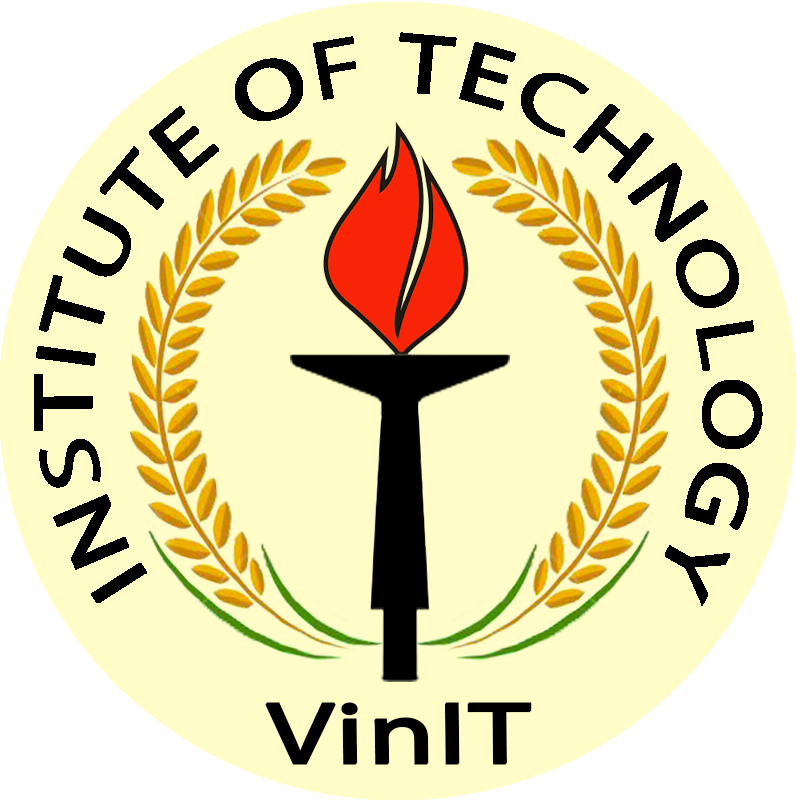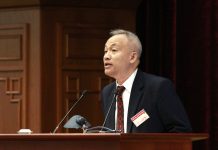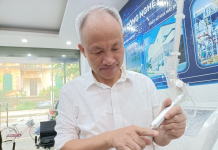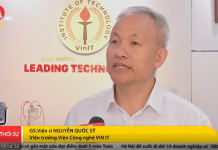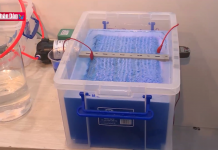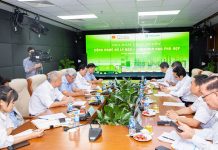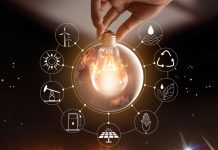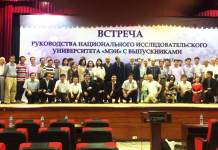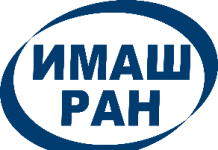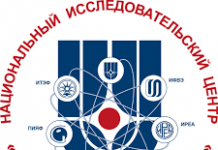Accelerating the green transition will strengthen Vietnam’s energy independence, not only helping the nation of more than 90 million people avoid future energy crises, but will also promote energy security and protect Vietnam from possible crises in an uncertain world.
Garbage – a huge source of energy
Garbage is a resource and the world recognized waste as a resource. The reuse of waste is the implementation of a circular economy, ie all in a closed loop, without wasting any resources. In recent years, problems with waste management, concerns about climate change and pollution in landfills have increased. This has been and is becoming a major concern for both the Vietnamese community and the Government.
On average, Vietnam generates about 1.8 million tons of plastic waste each year, among the 20 countries with the largest amount of waste and higher than the world average, due to the management and treatment of plastic waste. not exhaustive. It is estimated that currently in Vietnam, the amount of daily-life solid waste generated is about 60,000 tons/day, of which urban areas account for 60%. By 2025, the rate of domestic solid waste generation is forecasted to increase by 10-16%/year. Not to mention there is a large amount of industrial waste from factories, enterprises and industrial zones.
The waste source is large, but about 85% of the current waste in Vietnam is being treated mainly by landfill technology; both wasteful and requires a lot of land. Worth mentioning, a lot of waste mixed with hazardous waste, such as industrial waste, medical waste, is also mixed in landfills. With more than 90 million people, each year the amount of waste in this populous country increases by 10%, which means hundreds of thousands of tons of waste are wasted. If this amount of waste is recycled and reused, Vietnam can save a significant amount of resources.
Superior technology for waste treatment in Vietnam
Recycling waste to save resources and produce energy is becoming a trend in the world. In recent years, Vietnam has begun to pay attention to solving the problem of waste treatment. Also according to the target, the Vietnamese government strives that by 2025, 90-95% of landfills will be closed, and unsanitary domestic solid waste landfills will be treated for pollution and environmental improvement. For many years, Professor Nguyen Quoc Sy, Dean of the Plasma Energy apartment, National Research University (MEI), Chairman of VinIT Institute of Technology has always been passionate about plasma technology research and development. in waste treatment with the following goals: to stop burying garbage, turn garbage into electricity, not emit toxic gases into the environment and treat recycled waste.

As one of the pioneers in the field of Plasma technology in waste treatment, he and many scientists of the Russian Federation focus on researching Plasma technology and consider it one of the sustainable solutions for environment. More important is the expression of responsibility of scientists to society. Plasma technology in waste treatment here is the only technology capable of thoroughly treating plastic waste, nylon, sulfur and toxic impurities (mercury, cadmium, lead, xenon, cyan, electronics garbage, etc…), ensuring all the strictest environmental criteria such as G7 or EURO6”.
“The plasma technology that we are focusing on developing is to use the energy of Plasma to destroy garbage. The temperature is about 10,000 degrees. At such a temperature, all waste, including hazardous waste, Bulky molecules, household waste, even biochemical weapons signed in the 1986 Treaty of Destruction between the US and the former Soviet Union all use Plasma with high temperature to destroy, and all separate radically cumbersome biochemical systems with thermally stable linkages into simpler and non-toxic molecules for the environment” Prof. Nguyen Quoc Sy emphasized to Sputnik.
In fact, there is no plasma technology in Vietnam, the current world’s plasma technology is incomplete. The first reason is that the world is using today is the DC plasma generator technology, which has a small lifespan and poor coefficient. And we are using is the 3-phase AC plasma generator, the working time is higher.
“Our VinIT Institute of Technology has a close relationship with the Russian Federation. Many of the Institute’s officials and experts are Russian. Our research works are focused on the technology-based foundation. of the world for further development.We have carried out in-depth research to create more powerful, larger capacity and cheaper plasma generators suitable for for domestic solid waste incineration reactors.”
There are many reasons why modern waste treatment technology in Europe cannot be applied in Vietnam. If the technology is not proactive, it will be very disadvantageous, difficult to grasp and own the waste recycling industry.
Analyzing with Sputnik, the Chairman of VinIT Institute of Technology said that to successfully apply waste incineration technology to generate electricity for waste with low heat like Vietnam, it is a very difficult problem in terms of technique and technology.
“Because, the heat of Vietnamese waste is low, only 5-5.5 kJ/kg. In industrialized countries, it is from 11-14 kJ/kg. With the same amount of waste, the heat generated is 2.5-3 times lower than that of waste incineration in developed countries. Therefore, the technologies of incineration for power generation such as those of Germany, Japan, etc., when applied to Vietnam, are not necessarily successful, because the waste heat in Vietnam is very low. That is, the amount of power generation is also very low. At that time, investors investing in garbage power projects will not be profitable.”
Renewable energy revolution from waste in Vietnam
In an interview with Sputnik, Prof. Nguyen Quoc Sy shared the advantages of Plasma technology compared to current Plasma technologies and some other waste incineration technologies for power generation.
“One of the advantages of Plasma technology in waste treatment is that it is completely destroyed at high temperatures and does not require sorting waste like waste in Vietnam. With high-temperature gasification technology (T> 1700°C), it helps to thoroughly decompose organic and inorganic wastes, without releasing toxic substances such as Dioxin and Furans. The ash and fly ash content is less than 5% and almost white smoke.
Currently, VinIT Institute of Technology has also been granted a patent for this plasma generation system. It can be said that the core system, the most important system for the whole large line of waste treatment with Plasma technology.
“Our mission is to turn waste with ingredients like Vietnam’s waste into a mixture of Syngas with an content of over 37-38% (enough for profitable power generation). According to calculations and tests, our Plasma technology ensures that. If generating electricity and making profits, it means that we can solve two problems, thoroughly destroy domestic solid waste and solve economic problems.
This pioneering technology of the scientist will certainly lay the foundation for a “green” waste recycling industry in Vietnam, contributing to achieving the goal of green growth and zero emissions by 2050 as committed of the Prime Minister at COP26. Moreover, Vietnam’s energy independence will not only help the country avoid future energy crises, but will also promote energy security and protect the Fatherland.
